Your home is your sanctuary, where you should feel safe and secure. However, hidden dangers can lurk within its walls, compromising your health and safety.
One such danger is mold, a silent invader that thrives in damp, humid conditions.
Mold can cause health issues ranging from allergies to severe respiratory conditions. It can also damage your home’s structure if left unchecked.
That’s where mold inspection comes in.
In this article. we will discuss why mold inspection is crucial for your home’s health and safety. We’ll explore the risks associated with mold, the benefits of regular inspections, and the process of mold remediation and removal. Whether you’re a homeowner, property manager, or real estate professional, this guide will provide valuable insights into maintaining a safe, mold-free environment.
Understanding Mold and Its Risks
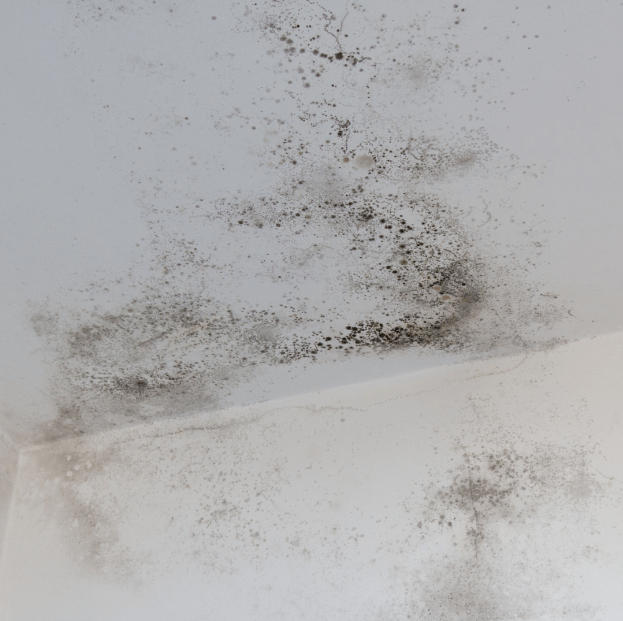
Mold is a type of fungus that grows in multicellular filaments called hyphae. These organisms are part of nature and help break down dead organic material.
What is Mold?
However, when mold grows indoors, it can become a problem. Mold thrives in damp, humid environments and can quickly spread if conditions are right.
Health Risks Associated with Mold
Mold exposure can lead to a variety of health issues.
For some, it may cause allergic reactions such as sneezing, skin rash, and red eyes. Others may experience more severe symptoms like difficulty breathing and chest tightness.
People with compromised immune systems or pre-existing lung conditions are particularly at risk. Prolonged mold exposure can lead to serious health complications, including chronic lung diseases.
The Importance of Mold Inspection
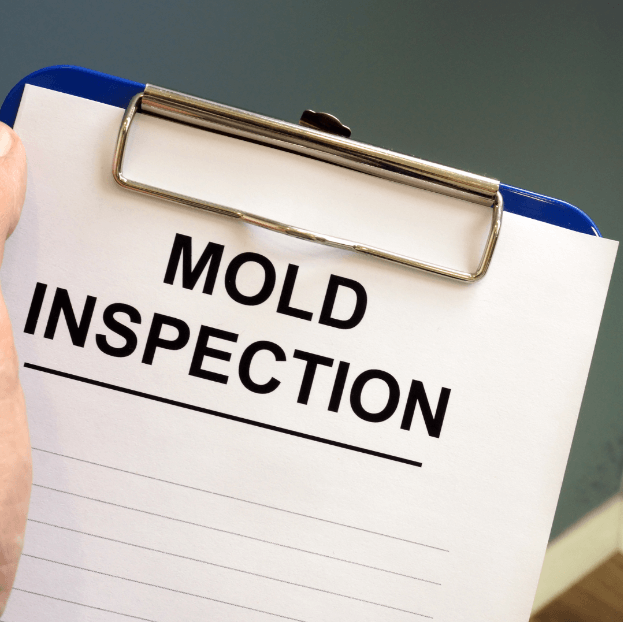
Regular mold inspections can help identify and address mold issues before they escalate.
By detecting mold early, you can prevent extensive damage to your home and protect the health of its occupants.
The Mold Inspection Process
A mold inspection is a thorough examination of a property to identify any presence of mold. This process is crucial in maintaining the health and safety of your home.
When to Get a Mold Inspection
There are several instances when a mold inspection is necessary.
If you notice a musty smell, or visible mold growth, or if occupants are experiencing unexplained health symptoms, it’s time for an inspection.
Also, if your home has recently suffered water damage, a mold inspection should be conducted to prevent potential mold growth.
What Does a Mold Inspection Entail?
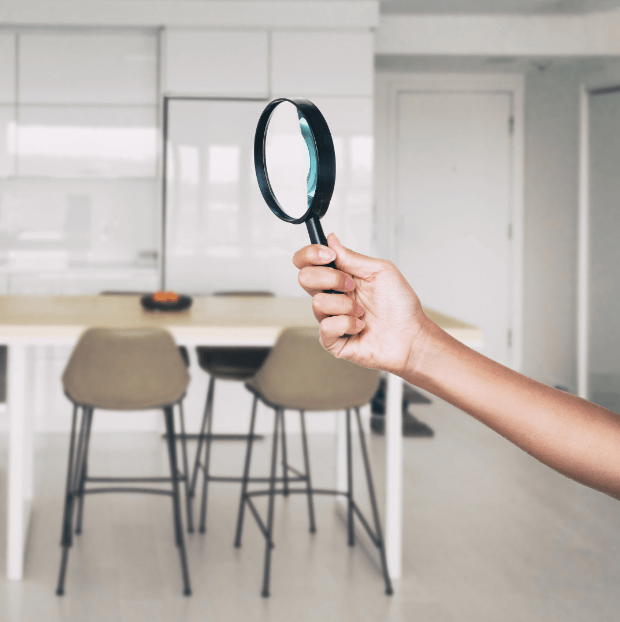
A professional mold inspection involves a comprehensive assessment of your property.
Inspectors use specialized tools, such as moisture meters and infrared cameras, to detect mold, even in hidden areas.
They will also identify sources of moisture, as these are potential hotspots for mold growth.
Mold Remediation and Removal
Once mold is detected, the next steps are remediation and removal.
These processes are crucial to ensure the mold does not return and to maintain the health and safety of your home.
The Difference Between Mold Removal and Remediation
Mold removal refers to the physical removal of mold from surfaces in your home.
On the other hand, mold remediation is a more comprehensive process. It involves not only removing the mold but also addressing the underlying issues that led to mold growth in the first place.
Steps After a Positive Mold Inspection
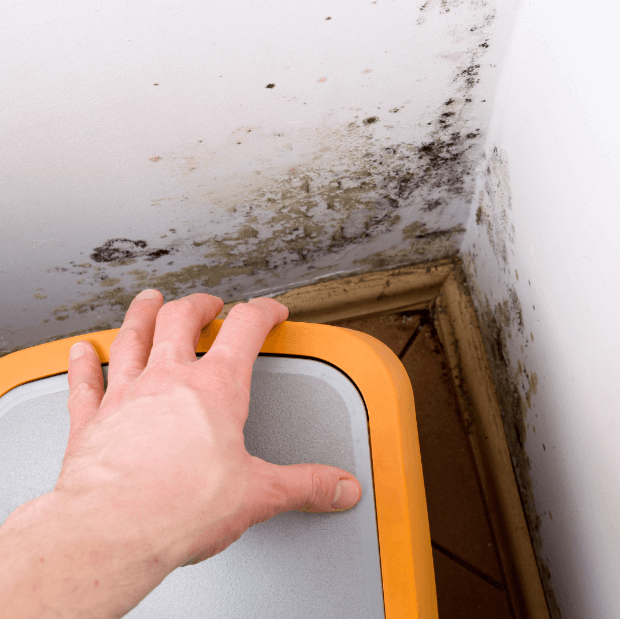
If a mold inspection reveals the presence of mold, immediate action is necessary.
The first step is to hire a professional mold remediation company to thoroughly clean and treat the affected areas.
Choosing a Professional Mold Inspector
When it comes to mold inspection, choose a professional.
A certified mold inspector has the training and tools to detect mold accurately. They can also provide valuable advice on preventing future mold growth.
Certifications and Qualifications
A professional mold inspector should have relevant certifications. These certifications ensure they are up-to-date with the latest techniques and safety standards.
What to Expect from a Professional Inspection
A professional mold inspection should be thorough and detailed.
The inspector should provide a comprehensive report, outlining the extent of the mold problem and the recommended remediation steps.
Preventing Mold in Your Home

Preventing mold growth is a key part of maintaining a healthy home. It involves regular cleaning, proper ventilation, and controlling humidity levels.
Tips for Maintaining a Mold-Free Environment
Regular cleaning, especially in damp areas like bathrooms and kitchens, can help prevent mold. Using dehumidifiers and air conditioners can also help control humidity levels.
Importance of Addressing Moisture and Leaks
Water leaks and moisture are the main causes of mold growth.
It’s crucial to fix any leaks promptly and ensure your home is properly ventilated.
Conclusion: The Value of Regular Mold Inspections
Regular mold inspections are an investment in your home’s health and safety. They can help identify potential issues early, preventing costly repairs and health problems later on.
Don’t overlook the importance of mold inspections. They are a crucial part of maintaining a safe and healthy home environment. For a professional mold inspection, mold removal, and remediation in the St. Augustine area, trust PuroClean Emergency Restoration Services!


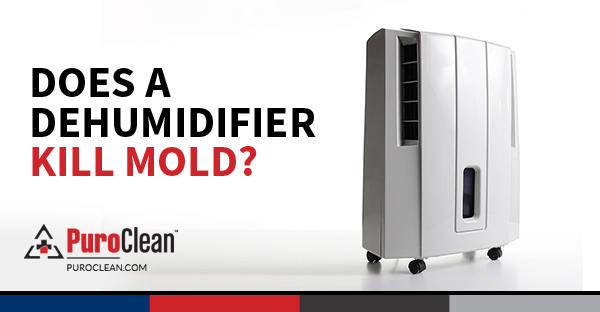

 PuroClean Emergency Restoration Services
PuroClean Emergency Restoration Services